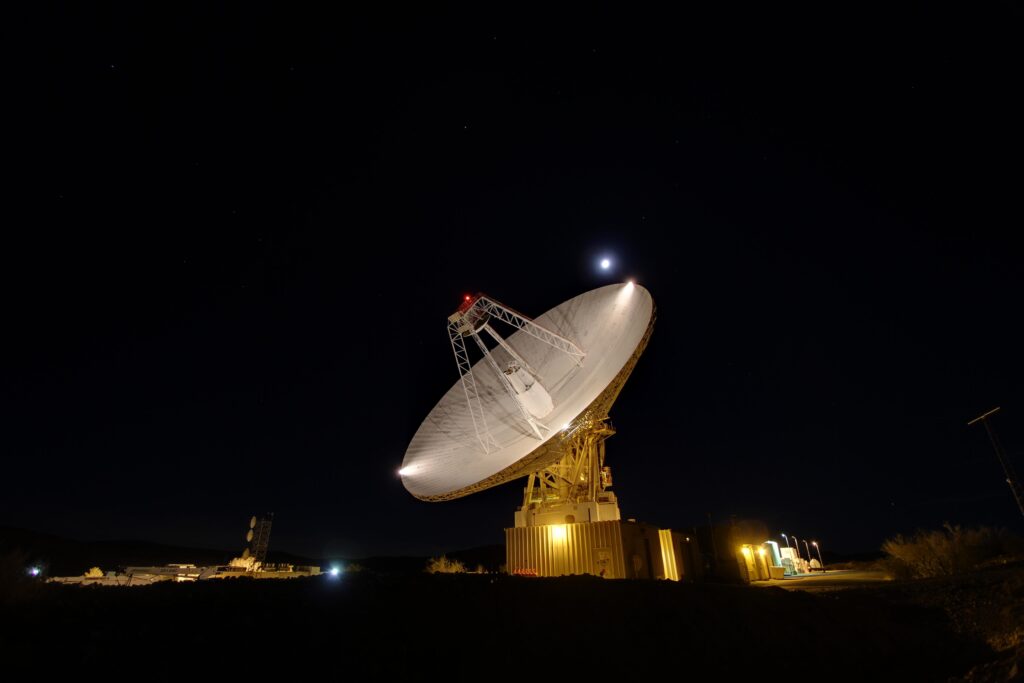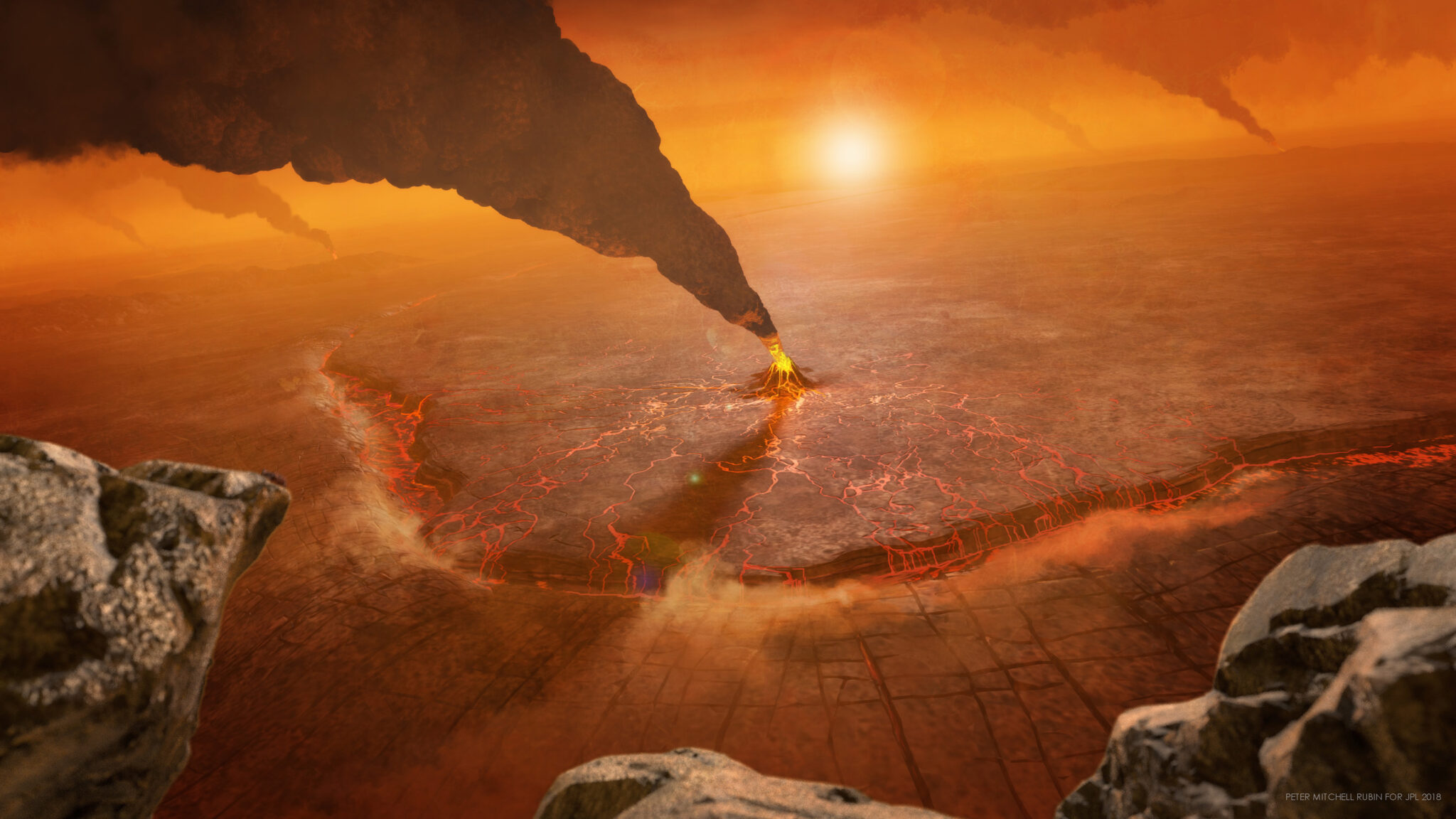For the first time in history, NASA sent a hip-hop song into deep space. The transmission took place on Friday, July 12. It involved the Deep Space Communications Network.
NASA’s long-range space communications network
NASA’s Deep Space Network (DSN) consists of three complexes equally spaced (approximately 120 degrees longitude) around the planet. The ground stations are located in Goldstone (California), Madrid (Spain) and Canberra (Australia). They consist of antennas with diameters of 34 and 70 meters.

Because of these complexes, the Aerospace Administration is in contact with all of its spacecraft, from the James Webb Telescope in the vicinity of Lagrange Point to the Voyager probes that have entered interstellar space. DSN radio telescopes can also be used for radar location experiments (last month they imaged two asteroids), as well as sending messages into space.
First hip-hop song in space
NASA recently took advantage of DSN’s latest opportunity in a very unusual way. It sent into space words from the song The Rain (Supa Dupa Fly) by hip-hop artist Missy Elliott.

“Both space exploration and Missy Elliott’s art have been about pushing boundaries,” said Brittany Brown, director of the digital technology division of the Office of Communications at NASA headquarters in Washington, who originally pitched Missy’s team the idea of partnering with the agency. “Missy has a track record of infusing space-centric storytelling and futuristic visuals in her music videos so the opportunity to collaborate on something out of this world is truly fitting.”
The target of the message was Venus, the artist’s favorite planet. According to her, she chose Venus because it symbolizes strength, beauty and empowerment. The song traveled a distance of 254 million kilometers in almost 14 minutes. The transmission was made using the 34-meter antenna of the Goldstone complex. In an interesting coincidence, its nickname is Venus.
NASA often chooses such unusual ways to bring space exploration to the public’s attention. For example, the Europa Clipper, which is about to be launched, carries a poem by poet Ada Limon. And at the end of last year, NASA sent a video of the kitty to Earth. The newest laser communication system installed on the Psyche probe was used for this purpose.
According to NASA


